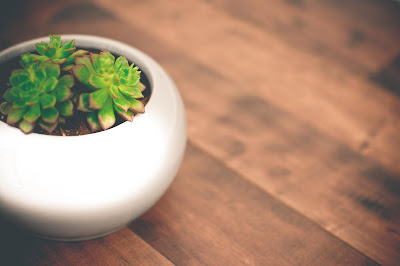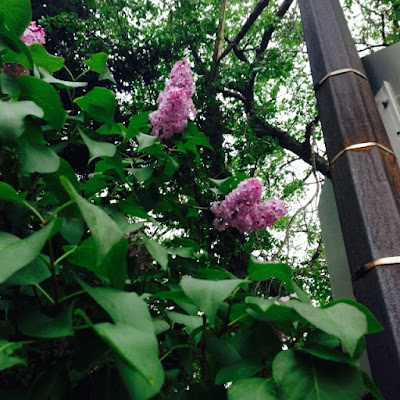Growing Peppers!

Pepper plants make a great addition to any indoor or patio garden. They are easy and fun to grow, and their bounty can add flavor to many different dishes, or can even be eaten raw. This article will primarily focus on growing pepper plants that have already been started, rather than growing from seed. If you are interested in growing from seed, I will link a collection of helpful sites below. Pots and Containers: Pepper plants grow very well in pots, which is an important aspect when trying to grow them indoors. Although many pepper plants bought in stores will arrive in a very small pot, please know that this should be temporary. Peppers can grow an extensive root system, and having room to do so will allow them to build a strong stalk, and get quite tall. Ideally, you should aim for a 12x12 pot per pepper plant, but I've been successful while using a 6x6 pot. Also it is important to note that as your pepper plant grows, it will require more space around it - both above...




